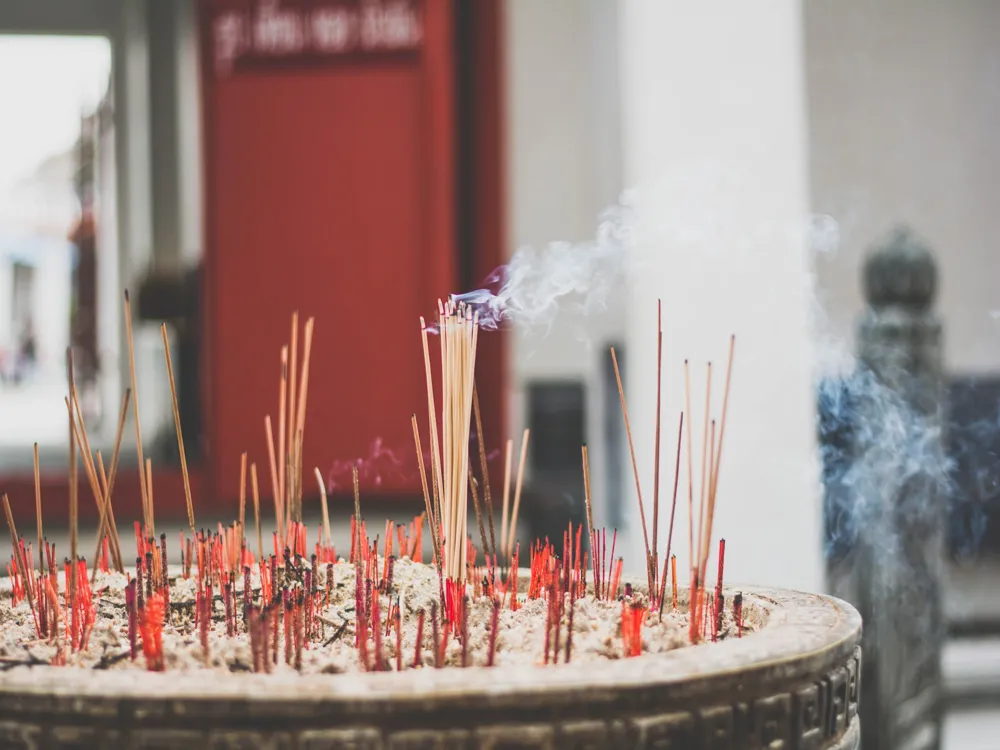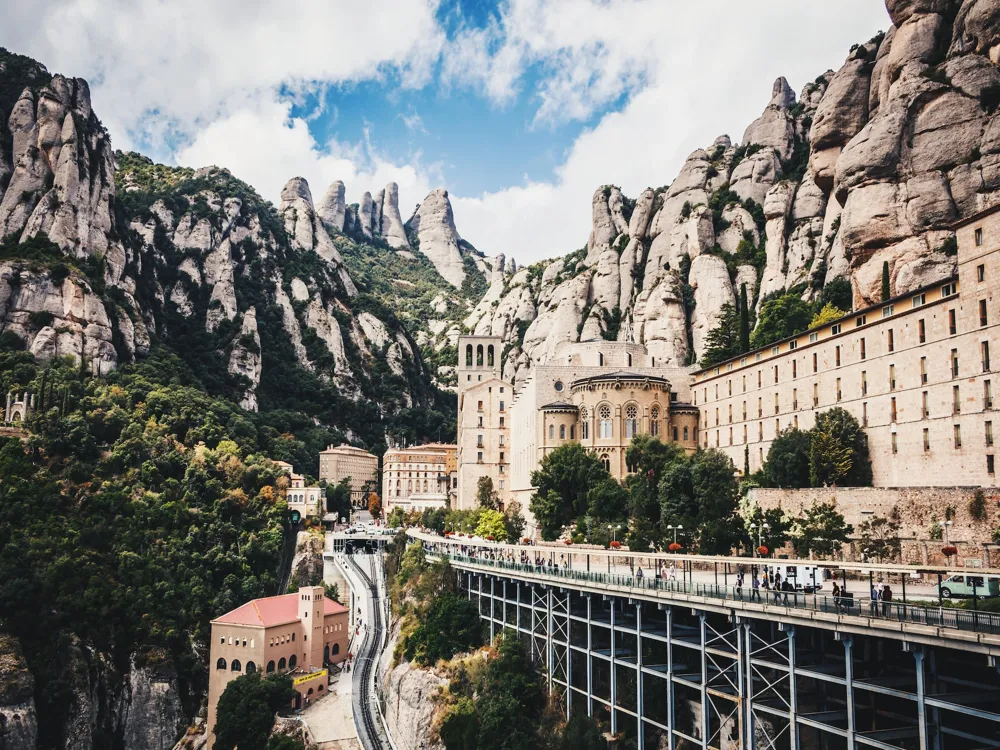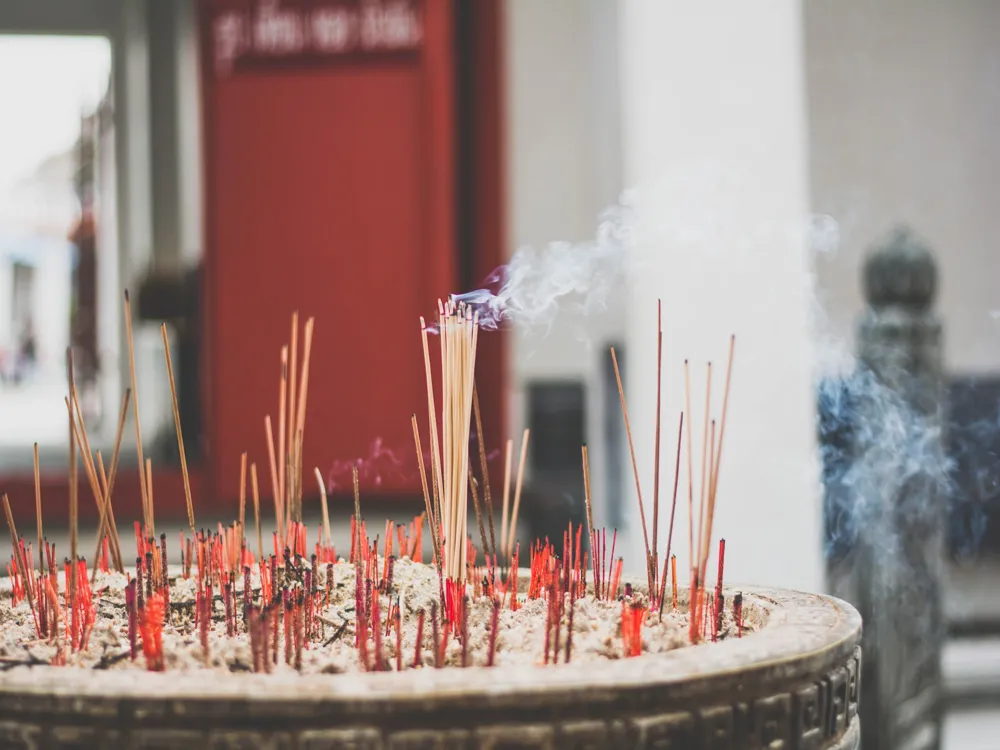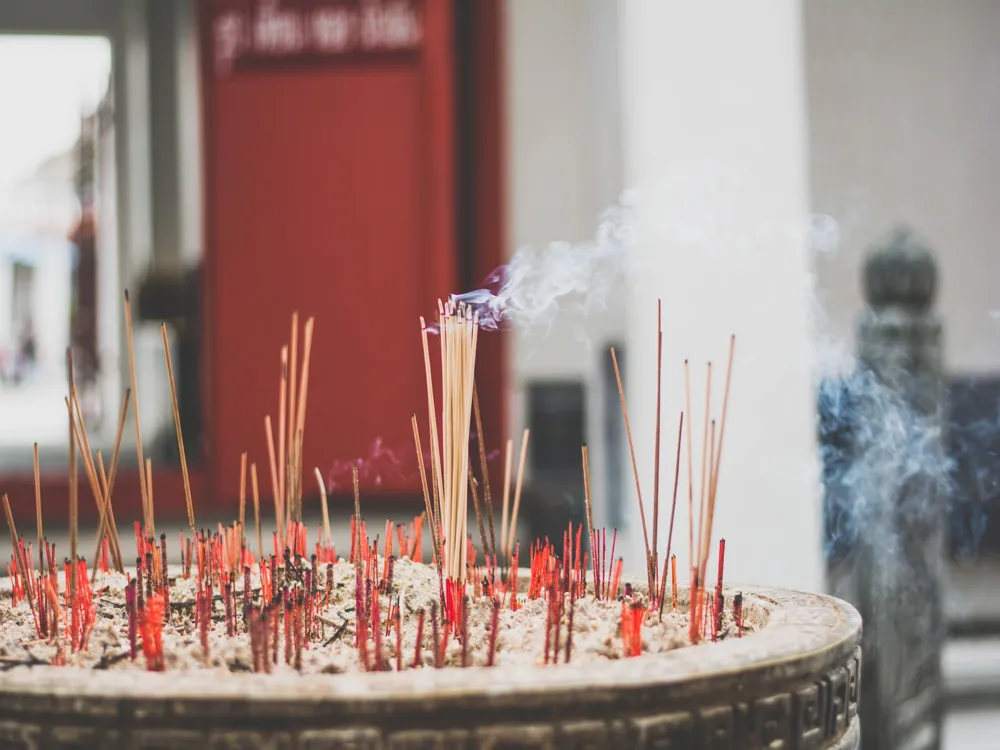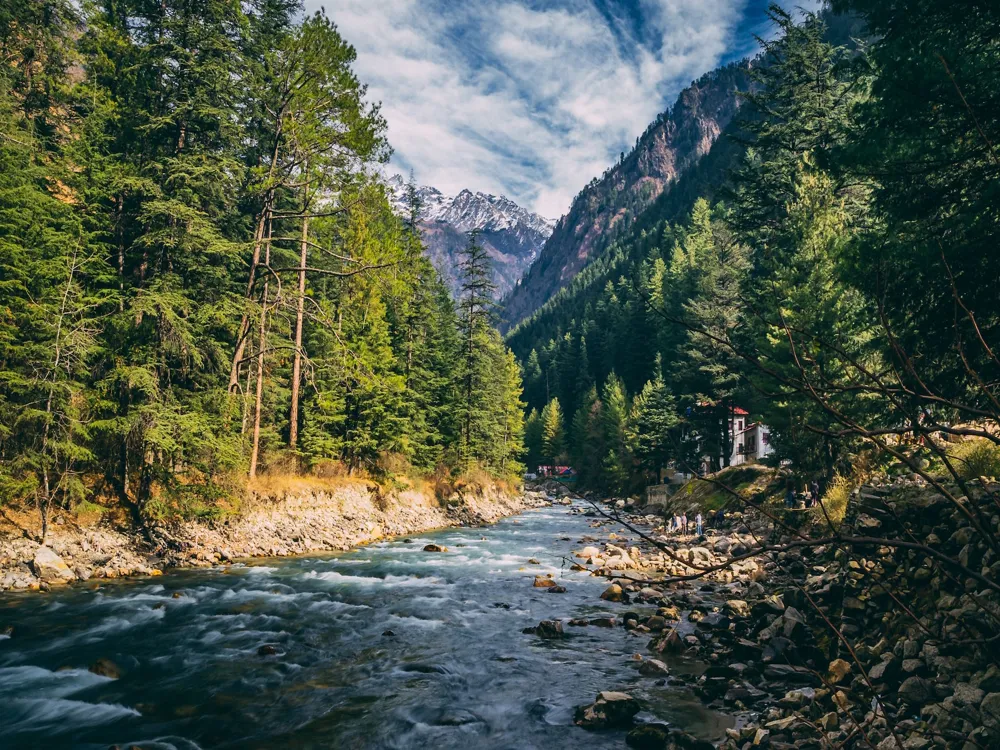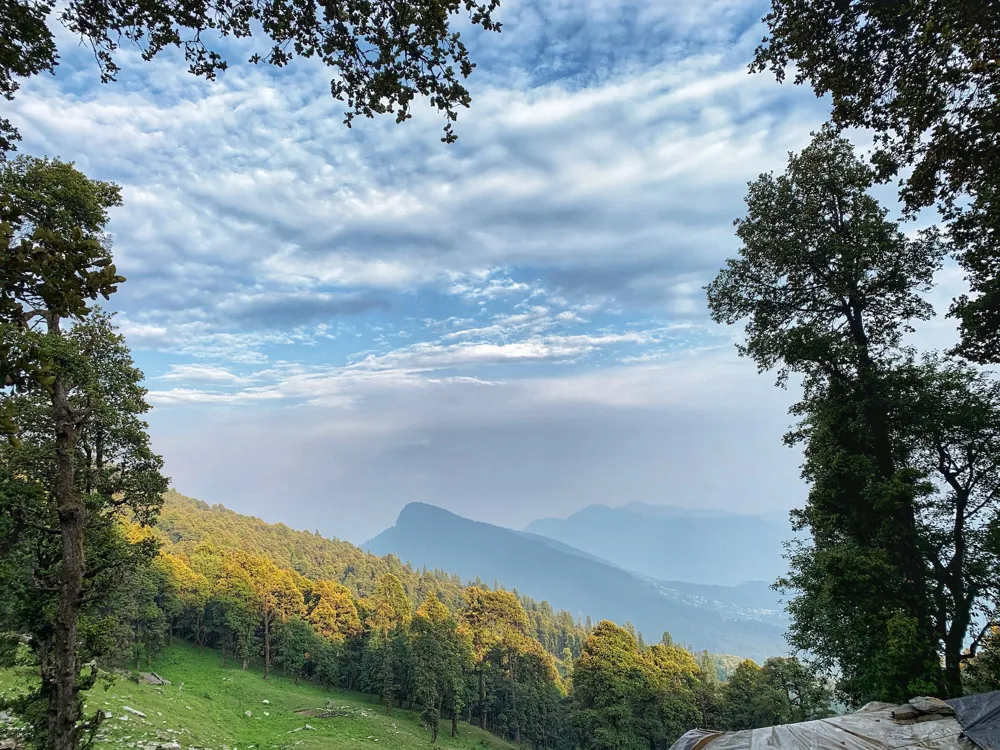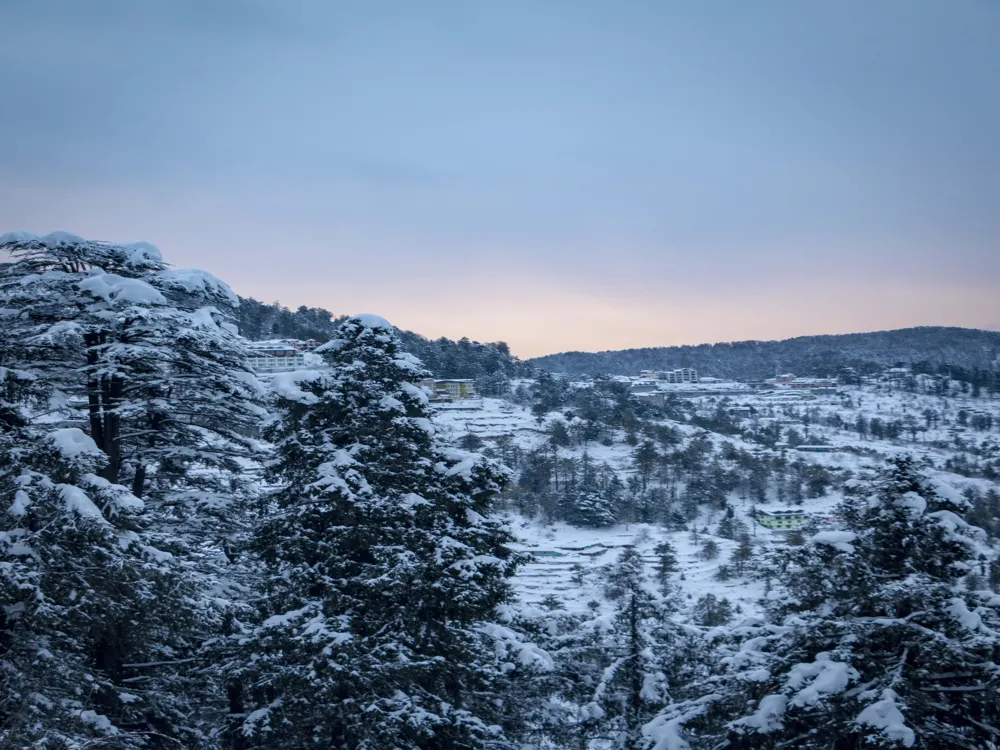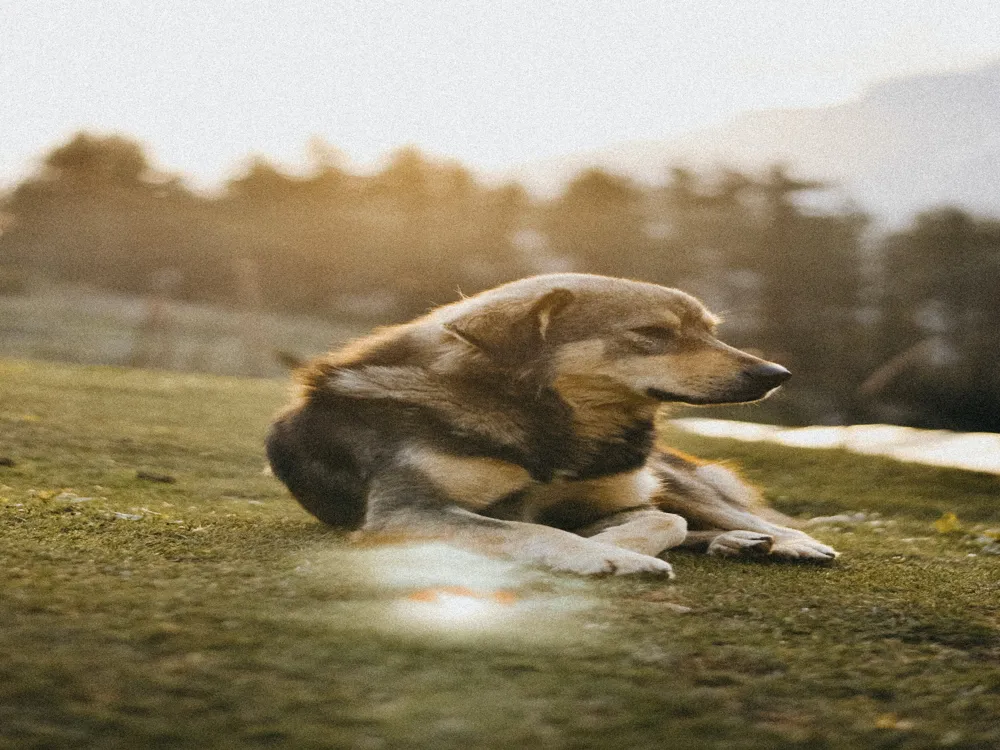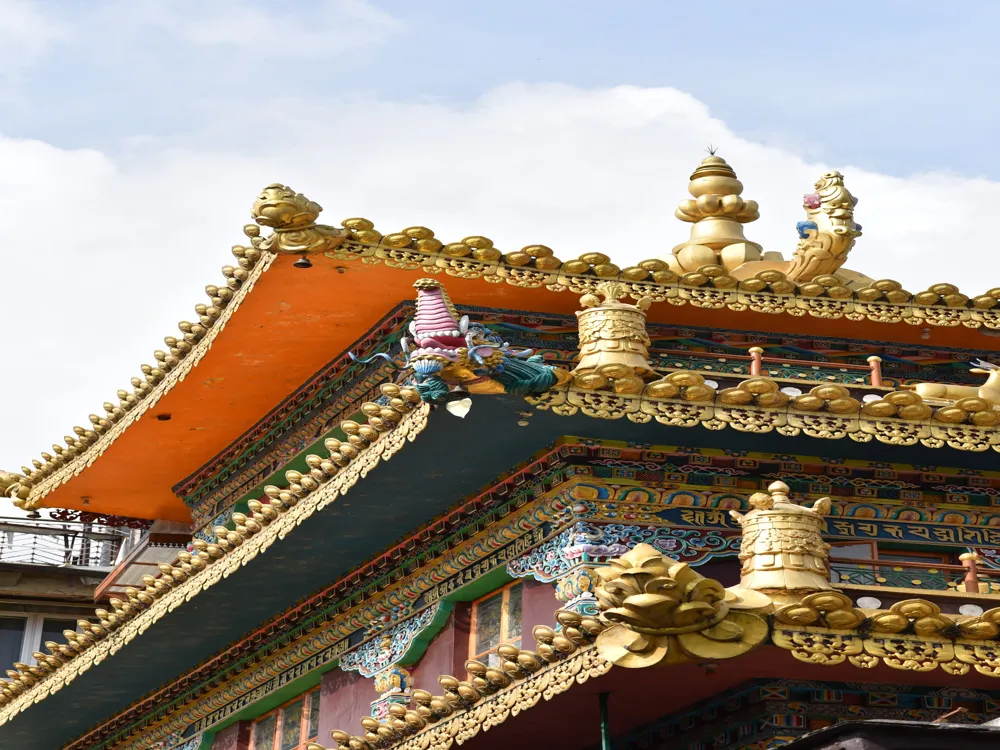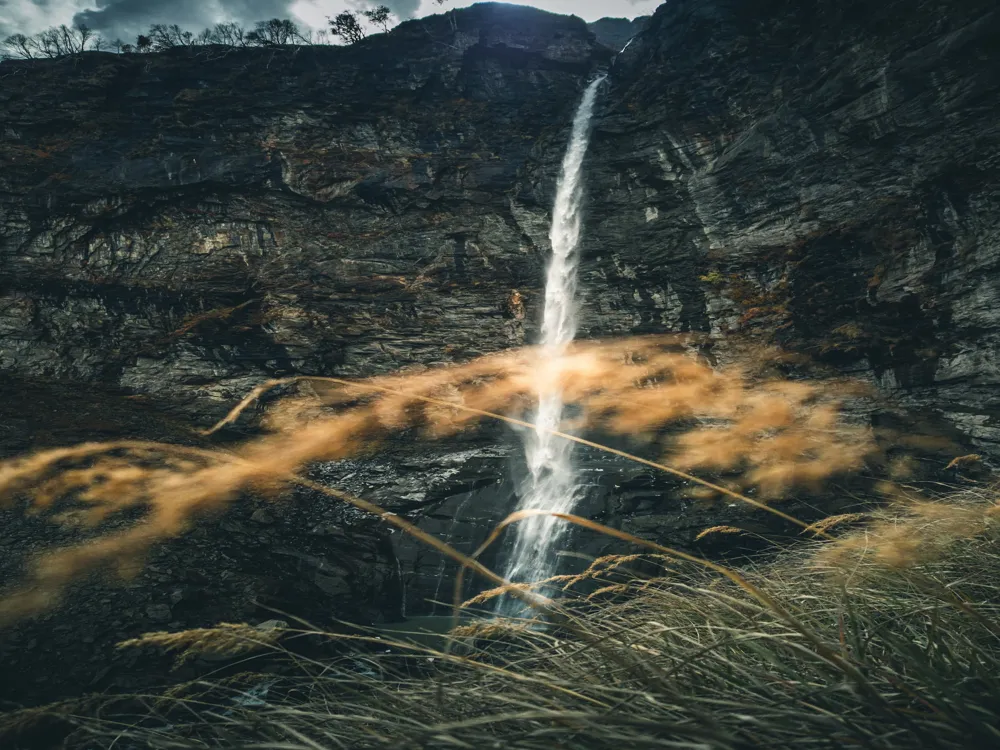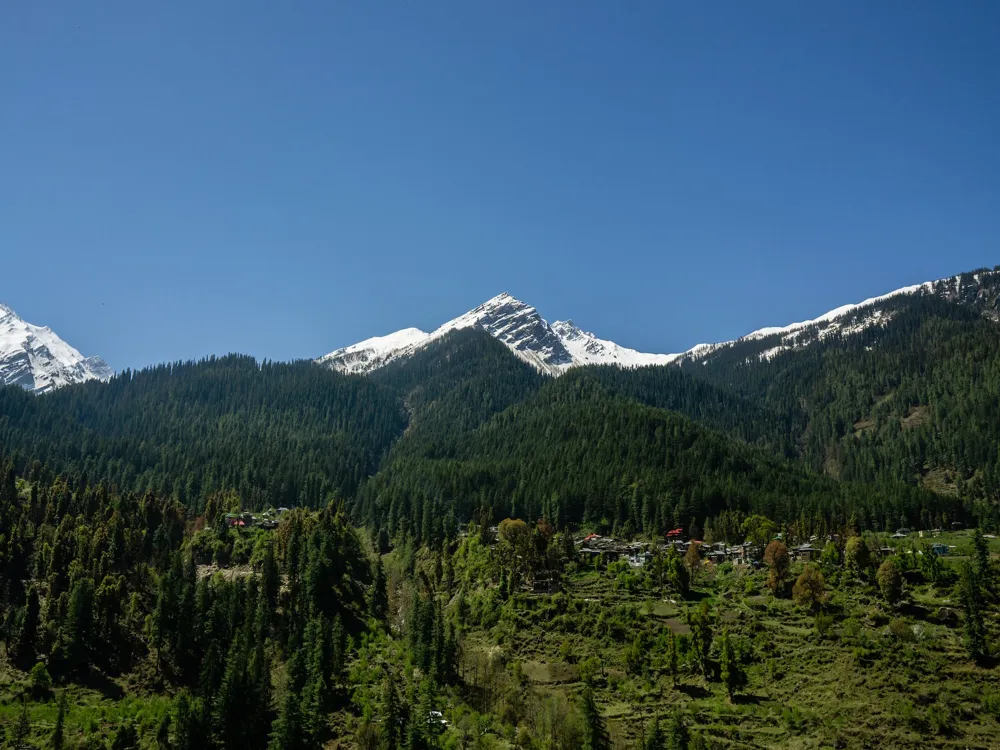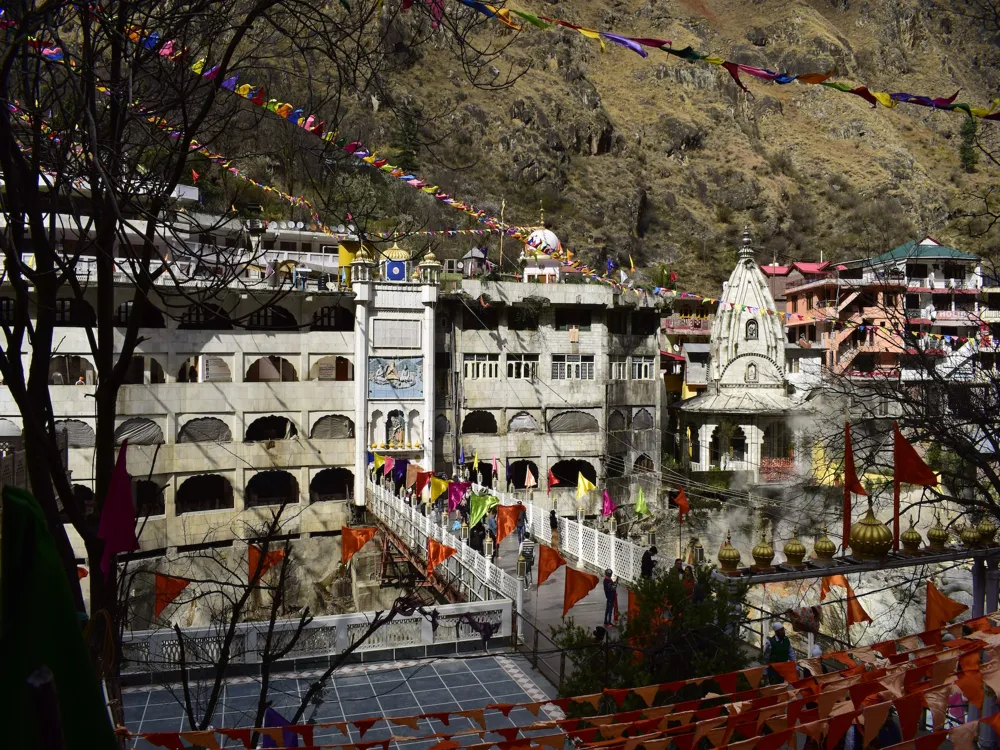Nestled in the serene hills of Naggar in Himachal Pradesh, the Uruswati Himalayan Folk Art Museum stands as a beacon of cultural and historical significance. This hidden gem, founded in 1928 by the renowned Russian artist Nicholas Roerich, serves not only as a museum but also as a testament to the rich folk heritage of the Himalayan region. The museum, initially named as 'Research Institute', was renamed to 'Uruswati', meaning 'Light of the Morning Star' in Sanskrit, symbolizing the blend of local folklore and artistic expression. Visitors to the museum are greeted by an array of exhibits that showcase a diverse range of artifacts, including traditional costumes, musical instruments, religious relics, and ancient manuscripts. Each exhibit in the museum tells a story, reflecting the daily lives, beliefs, and artistic prowess of the Himalayan people. The museum also features a collection of Roerich's paintings, depicting the breathtaking landscapes of the Himalayas and capturing the essence of the region's natural beauty. The importance of the Uruswati Himalayan Folk Art Museum extends beyond its collections. It stands as a center for the study of Himalayan culture, art, and heritage, attracting scholars, historians, and art enthusiasts from around the world. The museum's commitment to preserving the region's folk heritage is evident in its efforts to document and showcase these cultural treasures. Moreover, the museum's location in Naggar adds to its charm. Nestled amidst lush green forests and with a backdrop of snow-capped mountains, the museum offers a tranquil retreat for visitors. The surrounding area is steeped in history, with the Naggar Castle and the ancient temples dotting the landscape, making it a perfect destination for those seeking a blend of art, culture, and natural beauty. The architecture of the Uruswati Himalayan Folk Art Museum is a fascinating blend of traditional Himalayan and Russian styles, reflecting the diverse cultural influences that shaped it. The museum building itself is a work of art, harmoniously integrating with the natural surroundings and embodying the spirit of the Himalayan region. Constructed using locally sourced materials, the museum's architecture is a testament to sustainable and ecological building practices. The use of wood and stone in the construction not only gives it a rustic charm but also provides insulation against the harsh Himalayan winters. The museum's design includes sloping roofs, characteristic of Himalayan architecture, which are efficient in dealing with the heavy snowfall in the region. One of the most striking features of the museum's architecture is its intricate woodwork. The carved wooden facades and ornamental details are reminiscent of traditional Himalayan homes, while also incorporating elements of Russian design, a nod to Nicholas Roerich's heritage. The fusion of these styles creates a unique aesthetic that is both exotic and familiar, inviting visitors to explore the cultural confluence within its walls. The layout of the museum is thoughtfully designed to facilitate a seamless flow between indoor and outdoor spaces. Large windows and open terraces offer breathtaking views of the surrounding landscape, allowing visitors to immerse themselves in the natural beauty of the region while exploring the museum's collections. The integration of nature and architecture is a defining feature of the Uruswati Himalayan Folk Art Museum, creating an environment that is both educational and spiritually uplifting. The ideal time to visit the Uruswati Himalayan Folk Art Museum is from April to June and from September to November. During these months, the weather in Naggar is pleasant, making it conducive for exploring the museum and its surroundings. Consider taking a guided tour for a more enriching experience. Knowledgeable guides provide insights into the history, culture, and significance of the exhibits, enhancing your understanding of the Himalayan heritage. Given the museum's location in the Himalayas, it's advisable to dress in layers. The weather can change rapidly, and being prepared with warm clothing ensures a comfortable visit. While photography may be allowed in certain areas of the museum, it's important to respect the rules regarding photography. Always ask for permission before taking photos, especially of the artifacts. Respect the local customs and traditions while visiting the museum. This includes being mindful of your behavior, dressing modestly, and showing respect towards the exhibits and staff. Reaching the Uruswati Himalayan Folk Art Museum in Naggar is relatively straightforward. The nearest airport is Kullu-Manali Airport, about 40 km away. From there, you can hire a taxi or take a bus to Naggar. If traveling by road, Naggar is well-connected to major cities like Delhi and Chandigarh. The drive to Naggar is scenic, offering stunning views of the Himalayas. For those preferring public transport, regular bus services are available from major nearby cities to Naggar. Once in Naggar, the museum is easily accessible by local transport or even on foot, depending on where you are staying. Read More:Overview of Uruswati Himalayan Folk Art Museum, Naggar, Himachal Pradesh
Architecture of Uruswati Himalayan Folk Art Museum
Tips When Visiting Uruswati Himalayan Folk Art Museum
Best Time to Visit
Guided Tours
Dress Appropriately
Photography
Local Etiquette
How To Reach Uruswati Himalayan Folk Art Museum
Uruswati Himalayan Folk Art Museum
Naggar
Himachal Pradesh
₹ 5,000 onwards
View naggar Packages
Naggar Travel Packages
View All Packages For Naggar
Top Hotel Collections for Naggar

Private Pool

Luxury Hotels

5-Star Hotels

Pet Friendly
Top Hotels Near Naggar
Other Top Ranking Places In Naggar
View All Places To Visit In naggar
View naggar Packages
Naggar Travel Packages
View All Packages For Naggar
Top Hotel Collections for Naggar

Private Pool

Luxury Hotels

5-Star Hotels

Pet Friendly







